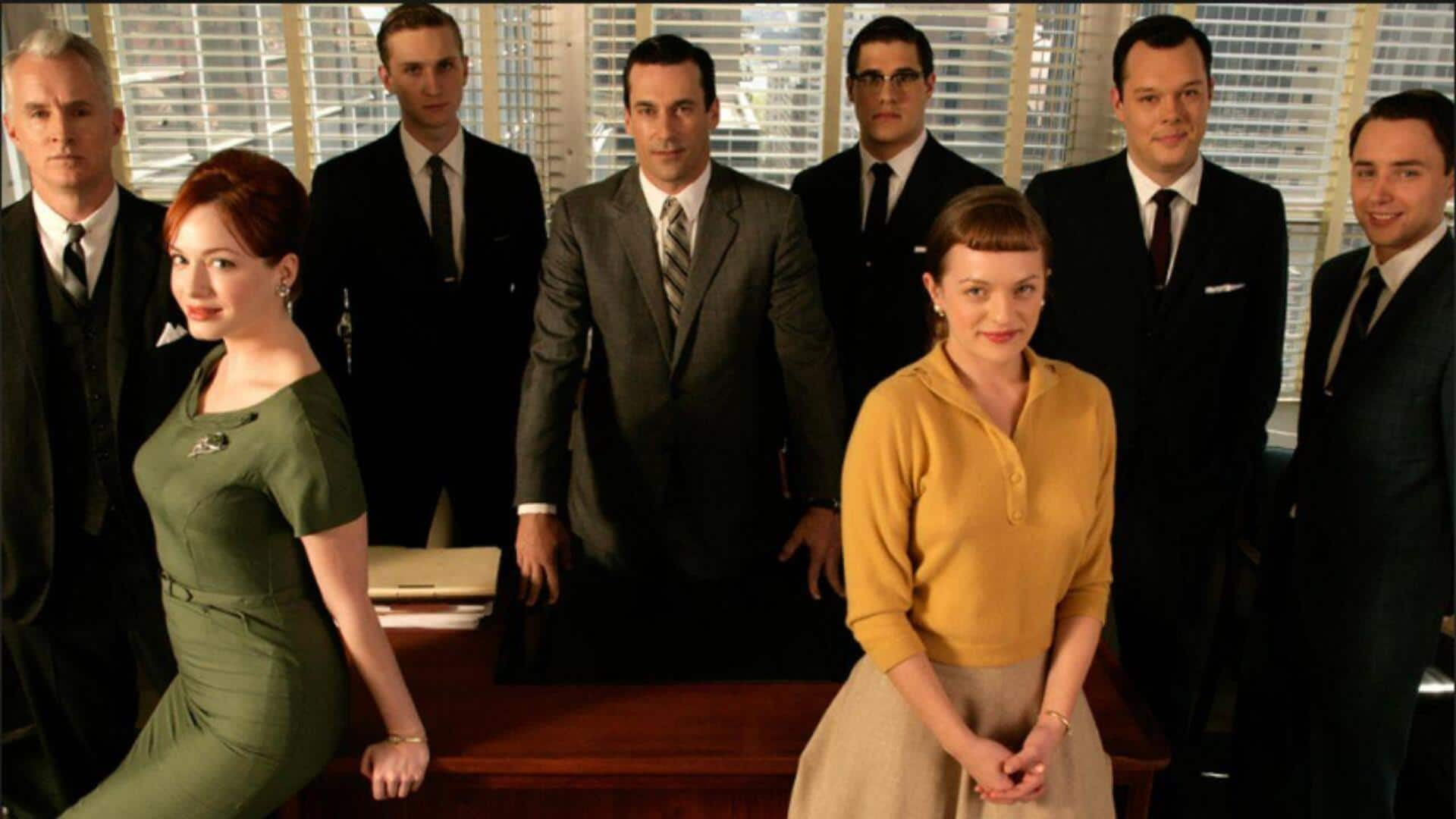
How 'Mad Men' nailed the look and feel of 1960s
What's the story
The acclaimed television series Mad Men is known for its immaculate attention to detail in recreating the 1960s era. Be it fashion or the office culture, the show encapsulates the spirit of a transformative decade. Here's how Mad Men achieved such authenticity, looking at various elements that made its portrayal of the time so realistic.
Style precision
Fashion and wardrobe accuracy
The wardrobe team on Mad Men went above and beyond to make sure clothing was period-appropriate. They hunted down vintage pieces and even used patterns from the 1960s for new ones. This commitment paid off with costumes that perfectly matched each character's social status and personality. The attention to detail didn't stop at clothing either, with hats and jewelry also reflecting the era's trends.
Authentic Spaces
Set design reflecting reality
Set designers painstakingly recreated offices, homes, and even public spaces from the 60s. They brought authentic furniture and other decor items from antique shops or had them custom-made on the basis of historical references. The color palettes commonly used during that time also added to the realism. All of this made sure that every scene looked like a real snapshot from history.
Timely context
Historical events integration
Mad Men also expertly blended real historical events into its storyline, rooting its fictional tales in reality. By referencing big events such as political elections or cultural shifts, the characters were seen as believably responding to their world. This integration not only gave the viewers context but also made the storytelling richer by tying personal dramas with larger societal changes.
Speech authenticity
Language and dialogue nuances
Writers paid attention to the nuances of language while writing dialogues for Mad Men. Characters spoke in idioms of the era without modern-day slang finding its way into their conversations by mistake. This linguistic precision kept the audience immersed in the episode while also showcasing how different our way of communicating was from theirs.
Social dynamics
Cultural attitudes representation
The show depicted cultural attitudes of this time, with characters reflecting gender roles or hierarchies in the workplace that are now outdated norms. Why? Because we've progressed, socially speaking, as a society. In fact, across the globe, after decades of what we see in the series, we've moved forward. And now we're headed towards the future, discovering and exploring creativity and innovation.